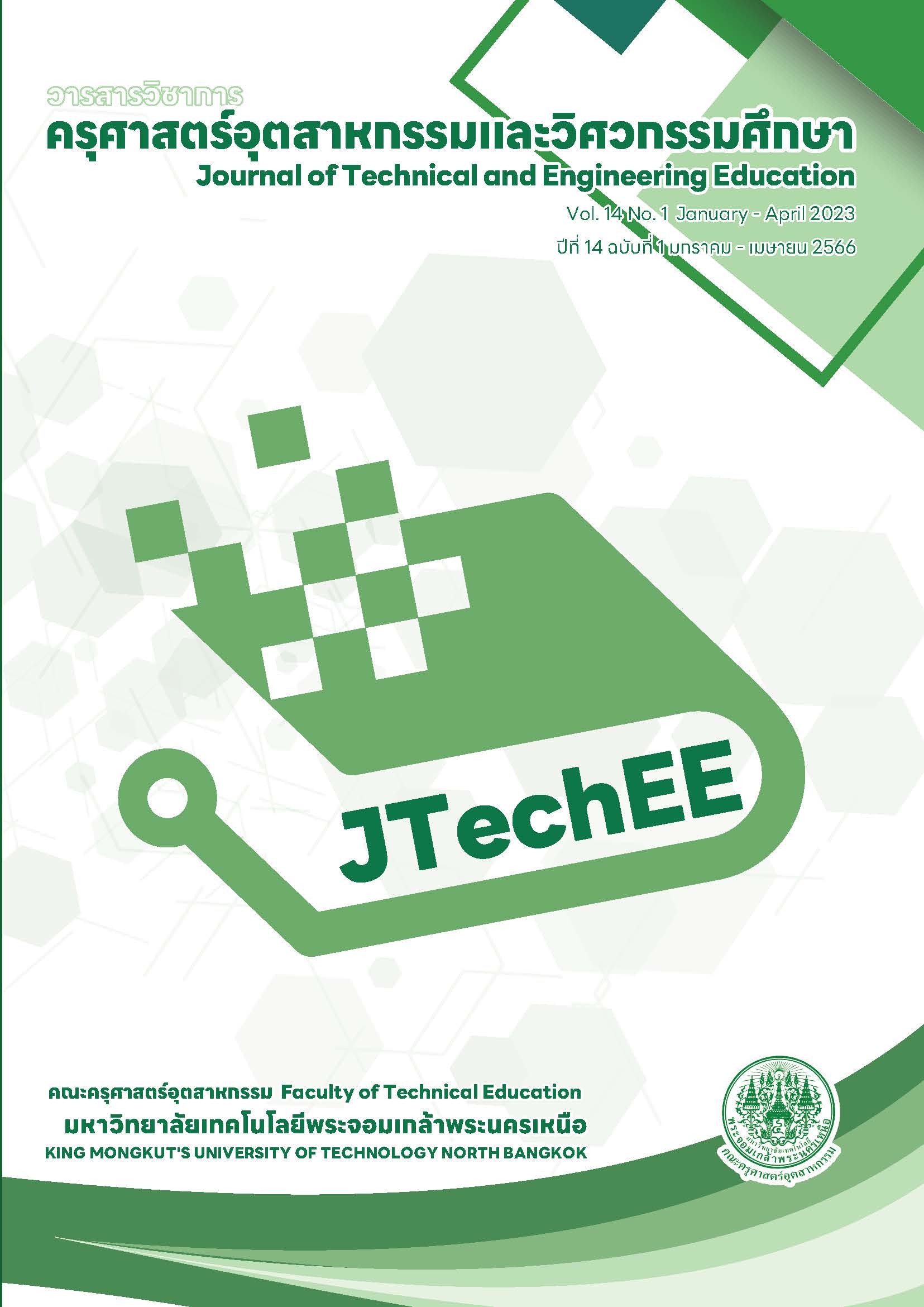รูปแบบการเรียนรู้โครงงานเป็นฐานโดยใช้การคิดเชิงออกแบบสำหรับนวัตกรในศตวรรษที่ 21
Main Article Content
บทคัดย่อ
Article Details
ลิขสิทธิ์และเนื้อหาในเว็ปไซต์ของวารสาร (รวมถึง โดยไม่จำกัดเฉพาะ เนื้อหา รหัสคอมพิวเตอร์ งานศิลป์ ภาพถ่าย รูปภาพ โสตทัศนวัสดุ) เป็นกรรมสิทธิ์ของวารสารและผู้ได้รับการโอนสิทธิทุกราย
เอกสารอ้างอิง
Brown, T. (2008). Design thinking. Harvard Business Review, 86(6), 84-92.
Chatwattana, P. & Nilsook, P. (2017). A Web-based Learning System using Project-based Learning and Imagineering. International Journal of Emerging Technologies in Learning, 12(5), 4-22.
Choi, H. H. & Kim, M. J. (2017). The effects of analogical and metaphorical reasoning on design thinking. Thinking Skills and Creativity, 23, 29-41.
Dole, S., Bloom, L. & Doss, K. K. (2016). Rocket to Creativity: A Field Experience in Problem-Based and Project-Based Learning. Global Education Review, 3(4), 19-32.
Gértrudix, M. & Bron, M. (2019). Project-based Learning for Teaching Transmedia Communication. Journal of Problem Based Learning in Higher Education, 7(1), 141-151.
Hernández, G. W. (2016). Detection of Potentially Creative Students for Informatics Activities. International Journal of Engineering Pedagogy, 6(1), 80-84.
Kanasutra, P. (1995). Statistics for research in the behavioral sciences. Bangkok: Chulalongkorn University Press. (in Thai)
Khamanee, T. (2016). Pedagogical sciences: Knowledge for organizing effective learning processes (20th ed.). Bangkok: Chulalongkorn University Printing House. (in Thai)
Lince, R. (2016). Creative Thinking Ability to Increase Student Mathematical of Junior High School by Applying Models Numbered Heads Together. Journal of Education and Practice, 7(6), 206-212.
Ministry of Education. (2010). National Education Act B.E. 2542 Amendment (No.2) B.E. 2545 and (No.3) B.E. 2553. https://drive.google.com/file/d/1io9ioK38P_pjWtZBiblus409rEdC24aj/view (in Thai)
Mitchell, J. E. & Rogers, L. (2020). Staff perceptions of implementing project-based learning in engineering education. European Journal of Engineering Education, 45(3), 349-362.
Nilsook, P., Chatwattana, P. & Seechaliao, T. (2021). The Project-based Learning Management Process for Vocational and Technical Education. Higher Education Studies, 11(2), 20-29.
Phunaploy, N., Chatwattana, P. & Piriyasurawong, P. (2021). On-line instruction with design thinking for creative skills development. Global Journal of Engineering Education, 23(2), 121-127.
Phunaploy, N., Chatwattana, P. & Piriyasurawong, P. (2021). The Results of Development of the Online Instruction with Design-based Thinking for the Construction of Creative Products. TEM Journal, 10(4), 1715-1720.
Ralph, R. A. (2016). Post secondary project-based learning in science, technology, engineering and mathematics. Journal of Technology and Science Education, 6(1), 26-35.
Yingheng, P. & Rampai, N. (2020). Development Model of Blended Cloud Learning Technology by using Imagineering Concept to Enhance Innovative Creativity Thinking of Higher Education Students. NRRU Community Research Journal, 14(3), 208–221.


